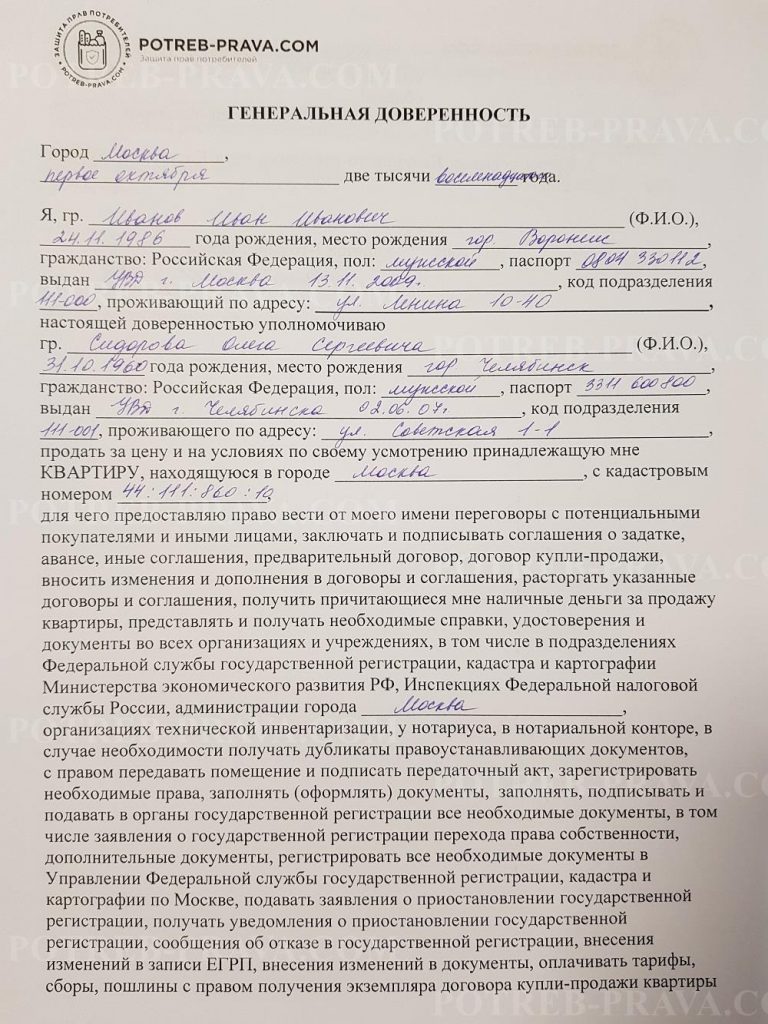
Acronis True Image Home 2014 Plus Pack (Build 17.0.6614) RU??? Mobaliveusb 0 2 exe file converter. Acronis Backup & Recovery 11 (Build 11.0.17437) with UR RU??? Acronis Backup & Recovery 11.5 (Build 11.5.38350) with UR EN???
 The Ohio do not resuscitate (DNR) order form tells emergency medical service providers and other health care professionals that a patient does not wish to receive cardiopulmonary resuscitation (CPR) if experiencing cardiac or respiratory arrest. This Do Not Resuscitate Order can be kept in a patient's medical records. It requests that CPR not be performed in the case of cardiac or respiratory arrest.
The Ohio do not resuscitate (DNR) order form tells emergency medical service providers and other health care professionals that a patient does not wish to receive cardiopulmonary resuscitation (CPR) if experiencing cardiac or respiratory arrest. This Do Not Resuscitate Order can be kept in a patient's medical records. It requests that CPR not be performed in the case of cardiac or respiratory arrest.
Create Document Do not resuscitate order (DNR) forms are created for patients that do not want to be saved in the event their heart or breathing stops. This is generally the case for individuals with late stages of cancer or other advanced medical issues. The laws for withholding resuscitation are governed by each State and usually comes with the requirement that the patient authorizes the form along with their primary care physician, notary public, or witness(es). – Must be authorized by the patient in accordance with State law. – Allows for a patient to create a do not resuscitate (DNR), choose their end of life decisions, and health power of attorney all in 1-document (sometimes referred to as an “Advance Directive”).
By State • • • • • • • • • • • • • • • • • • • • • • • • • • • • • • • • • • • • • • • • • • • • • • • • • • Table of Contents • • • • • • • • What is a Do Not Resuscitate Order? A do not resuscitate order, also referred to as a “DNR”, is for individuals that are terminally ill and do not want to be brought back to life via CPR, defibrillation, or other related options. This is common when a person is elderly or suffering from a health condition where there is no foreseeable path to a cured condition. To create a do not resuscitate order, in most States, the patient will need to have the form signed between themselves, their physician, and witnesses (if required). How to Get a Do Not Resuscitate Order Step 1 – Speak with a Physician A Do-Not-Resuscitate Order (DNR) is a medical directive to doctors and other first responders instructing them to withhold CPR treatment should a patient’s breathing or heart stop.
Also called a “no code” or “allow natural death” order, the DNR is completed in conjunction with a physician, whose signature is required to implement it. The form may be completed in the hospital or elsewhere, but should be filed with other medical records so that all caregivers are made aware of this intention. Since filing a DNR is literally a matter of life and death, the document affirms that the patient is of “sound mind” – that the decision to refuse CPR has been made by the patient voluntarily and with a clear understanding of its implications. Step 2 – Decide on Future Medical Treatment Contrary to common misconception, the DNR is not a blanket declaration covering all medical interventions.

It relates only to cardiopulmonary resuscitation. Other modes of treatment, including the provision of drugs and chemotherapy, testing, and the vast array of supports in the modern medical arsenal are generally excluded. A DNR should be part of a more comprehensive plan for medical care. Patients generally have the right to choose which treatments to accept and should be at the wheel in steering their own treatment process – but things can get more complicated if the patient is incapacitated or is otherwise unable to communicate with medical staff or family members. The best course is to formalize these more comprehensive care directives in a “living will” or “advanced directive.” See below for more information. Step 3 – Download, Complete, and Sign The Do-Not-Resuscitate form should be printed and signed by hand by both doctor and patient in the presence of two witnesses.